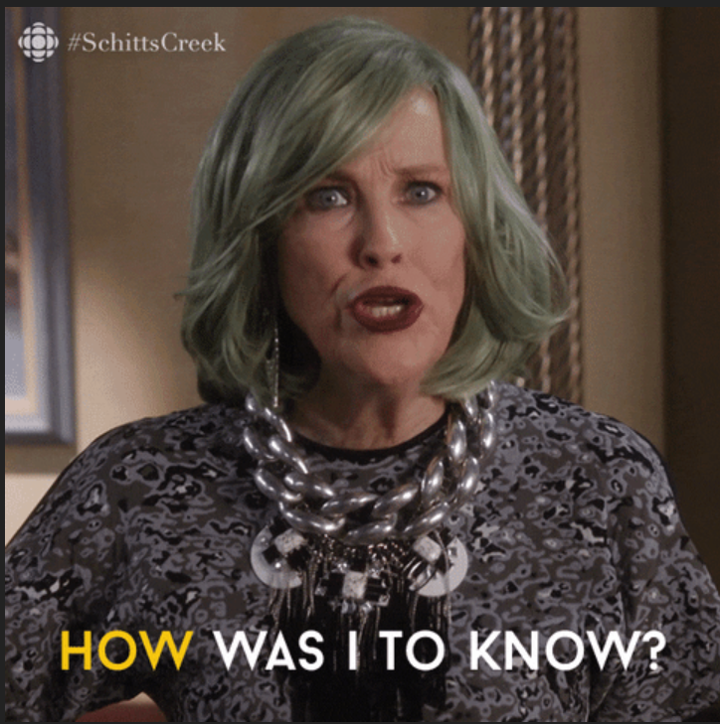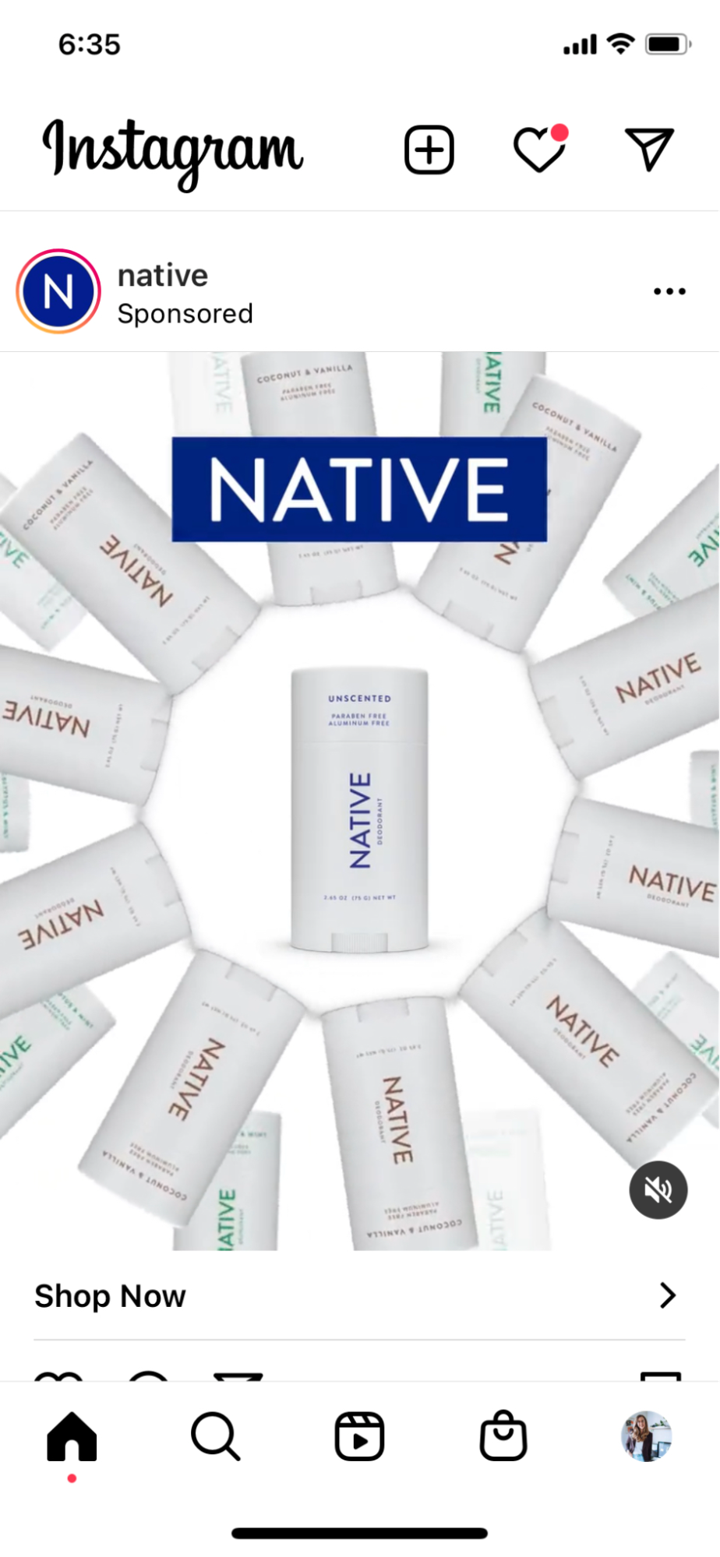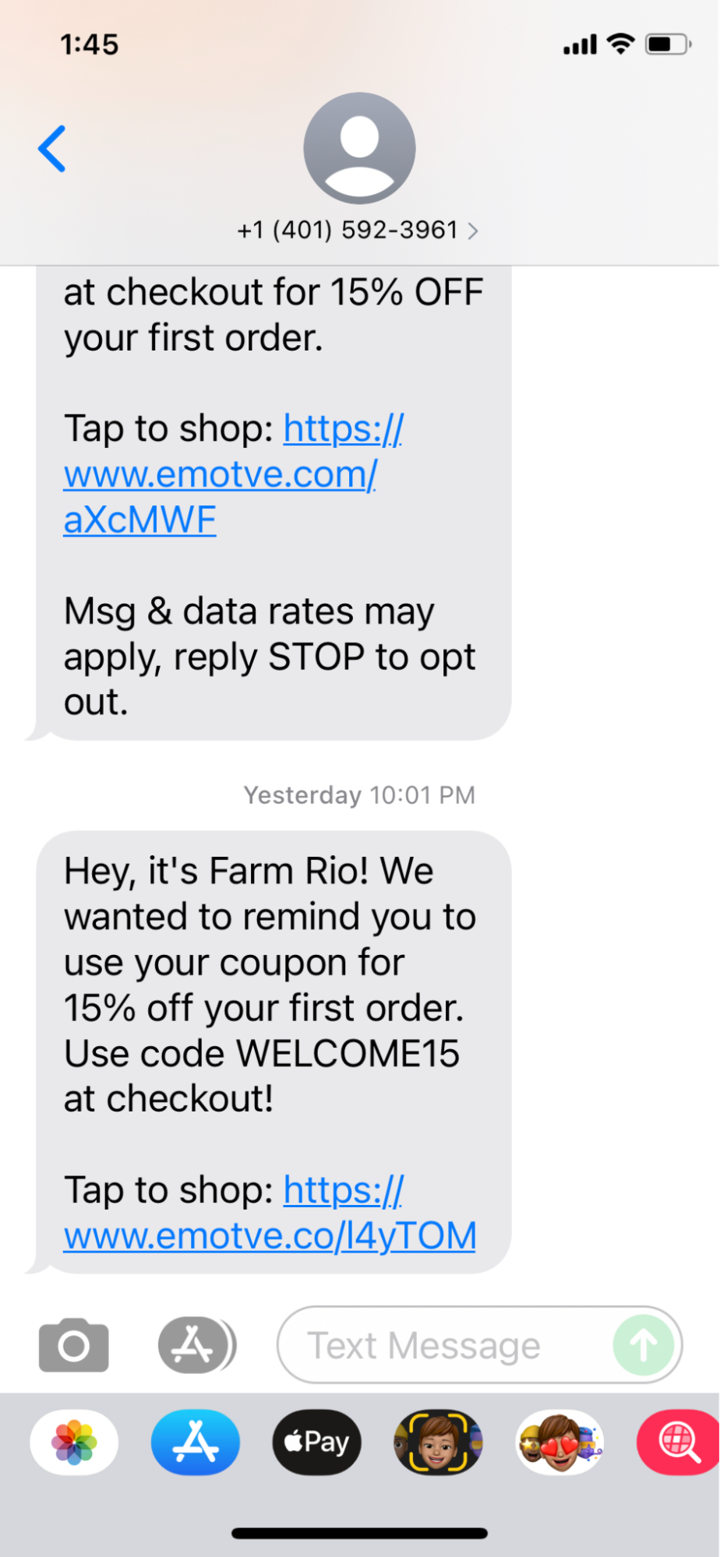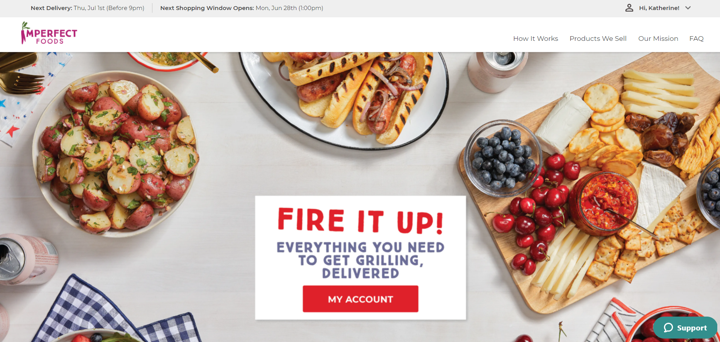Post Purchase Marketing 101

Post purchase marketing is a key component in maintaining relationships with existing customers and turning new customers into brand loyalists. But, it's where many ecommerce businesses fall short and end up forking over more moola in the long run.
Despite new customer acquisition costing companies approximately 5 to 7 times more than the cost to maintain returning customers, research shows us that only 16% of companies are truly focused on customer retention.
We’ll review the benefits of a strong post purchase marketing strategy, what sort of elements might be included in a post purchase marketing process, and what are some of the best practices to keep in mind when putting together your strategy.
Benefits of a Strong Post Purchase Strategy
Post purchase marketing strategy is a bit like the days following a first date: What you do matters. A lot.
With such an oversaturated ecommerce industry offering overlapping products, it’s surprising that despite fierce competition in post purchase marketing, there are still discrepancies in how companies successfully ‘do’ customer retention and satisfaction.
What many brands and businesses don’t realize is that post purchase marketing creates a fantastic (although often missed) opportunity to increase loyalty and retention among returning customers.

Don’t get stuck asking yourself this.
In doing so, businesses not only avoid the costly process of new customer acquisition but also create opportunities for future sales. Brands have a 60 to 70% chance of selling to existing customers, as opposed to a 5 to 20% chance of selling to potential customers.
What truly sets successful ecomm companies apart from their competitors are those who recognize the benefits of having a strong post purchase marketing strategy in place.
Builds Customer Loyalty
It’s the little things when it comes to keeping your customers satisfied and coming back for more after their initial purchase.
Tactics such as developing targeted thank you emails, and creating how-to guides for better efficiency when customers use your product, are excellent post purchase examples. Not only do they build customer loyalty; they also work to fulfill the customer’s innate need for a personalized buying experience in an often generic market.
Leads to UGC, Reviews, and Testimonials
A strong post purchase strategy can leave both brand and customer feeling the love through user-generated content, reviews, and testimonials. Asking a customer to provide feedback on their recent buying experience or their experience in using your product can bring value and appreciation to the consumer-seller relationship.
Businesses can either send a survey, or ask customers to submit feedback to a 3rd party review site such as Yelp or Google, but proceed with caution. A large percentage (44% to be exact) of disgruntled consumers take to social media to air their grievances with brands and businesses. This has the potential to knock down your reputation faster than a game of Jenga.
On the flip side, user generated content (UGC) can be a powerful part of a retail brand’s messaging strategy. When brands post user content, it sees 28% more engagement than standard branded posts. And since 75% of consumers agree that UGC feels more authentic than brand content, it can be a great, cost-effective strategy to promote products.
Improves ROI
Post purchase strategies allow your business to go the distance with customers, meaning an improved return on investment! Pivoting your perspective to look at the sale of your product as the beginning (not the end) of the consumer-seller relationship, allows for the development of long-lasting relationships with new and returning customers.
What is the post purchase marketing process?
So what exactly does the post purchase marketing process look like? While we briefly mentioned a few tactics above to include in your post purchase marketing strategy, there are many different ways you can show your customers some TLC after they’ve purchased your product.
The key point to remember is that personalization is paramount for a successful post purchase experience. With as many as one-third of consumers seeking a more personalized shopping experience, you have ample room to meet this desire by incorporating personalization into your post purchase marketing process.
Post Purchase Marketing
A more personalized post purchase experience can begin at the checkout stage. Use the checkout process as an opportunity to reel a customer in by offering loyalty points, discount codes, or special offers toward future purchases, when they sign up for your email list.
Once a customer is signed up for your email list, create tailored email campaigns that include personalized product recommendations based on the customer’s previous purchases. Alternatively, encourage email list subscribers to follow you on social media by offering promotions or running contests, further increasing your post purchase customer engagement levels.
Especially during the aforementioned checkout process, it is inevitable you will experience the phantom abandoned cart by the occasional customer. Send a gentle nudge via a post purchase email to remind shoppers of items left in their cart and to re-engage customers in your product.

This example from Kettle and Fire includes a free recipe book, a referral link, fun copy, AND personalization.
If you’re needing a little formatting help for your first post purchase marketing email, Wonderment offers businesses 3 post purchase email templates.
Retargeting Ads
Keep your brand in the back of customers’ minds, even after they have left your website with the implementation of retargeting ads on future websites they visit. By incorporating retargeting ads into your post purchase marketing strategy, you can recapture the interest of customers who have abandoned their cart on your site and whose attention has been diverted elsewhere. Here’s an example of an ad I saw after looking at Native deodorant on their website.

You can also use retargeting ads on your own site, before the departure of a customer. Use pop-up ads wisely, targeting a customer’s behavior, such as the number of sessions and browsing patterns, throughout their time on your site.
SMS
The stats don’t lie - when sent discounts or coupons via a text message, consumers will redeem these at a rate of 10 times more than other types of coupons, with an open rate of approximately 98%.
Consider incorporating SMS promotions into your post purchase marketing strategy. Or use SMS to send requests for reviews, add customers to your loyalty program, or ask them to follow and engage with your brand on social media. Here's an example from Farm Rio with a promotion and a follow up that includes an easy, trackable shopping link.

Website Personalization
Personalization keeps popping up throughout this article, and for good reason, too. Businesses that personalize each visiting customer’s experience while browsing their site, can lead to 10 to 15% higher conversion rates and 20% higher customer satisfaction.
Implementing personalized product recommendations throughout your site also improves the overall experience on your site and makes customers feel like special little flowers, like the personalization on the Imperfect Foods homepage for me as a subscription holder. It reminds me of my next order and provides a link to update my cart.

Having an easy and delightful returns process
Offer your customers excellent post purchase customer support in the event they need to return their product. Keep it simple by providing buyers with user-friendly instructions for returns.
Providing customers with a variety of contact options for getting in touch with your customer service department, can also improve a customer’s experience and relationship during the post purchase phase.
Post purchase best practices
Personalization + Segmentation
Newsflash:

Your customers are not all the same person and are certainly not minions. Your customers are also not the same in terms of their wants and needs. So why would you market to them as such?
Customization and personalization is the name of the game. Demographic, age, location, occupation, previous buying habits, and activity should all be taken into consideration. Use segmentation to create customized emails based on these factors
Support
Provide several options for customers to contact your business throughout the post purchase process. This allows buyers to feel seen and heard in the event their purchase is delayed, does not meet their expectations, or does not meet their needs.
Such customer support options for retailers might include live chat, email, text, or phone.
Communication
Communicating consistent updates regarding the status and location of a customer’s package (including if it’s delayed!) can provide a sense of relief knowing you're on the ball with a customer’s order.
Wonderment connects with shipping providers in real-time for the most up-to-date tracking information. It also offers business owners the space to create branded post purchase Shopify experiences via it’s integrated plug-in, Klayvio. Klayvio allows ecommerce businesses to send personalized shipping emails to their customers, as opposed to using Shopify’s generic shipping alerts.
Pace of Messaging
While post purchase email campaigns sharing product recommendations and your latest promotions are fine and dandy, make sure you don’t drown your customers in emails.

The average person receives approximately 121 emails per day, meaning your campaign is swimming in an already oversaturated inbox (there’s a lot of water analogies going on all of sudden, not sure what’s up with that).
If possible, hold off on emailing promotions to a customer who has recently purchased an item from your business for a couple of weeks (or at least until you know the item has been delivered). Relating to the previous first date analogy, sending too many emails after a customer’s initial purchase will make your business look like it’s coming on too strong.
Tone your email blasts back a bit and you’ll be on your way to your second date - I mean …. your customers returning for their next purchase.
Take your shipping alert notifications to new heights with fully customizable, beautifully branded shipping notifications from Wonderment.





